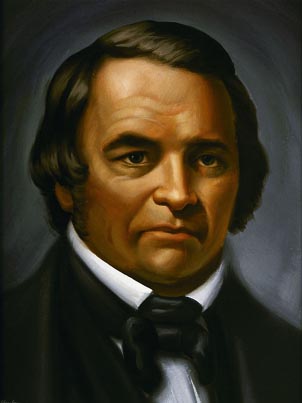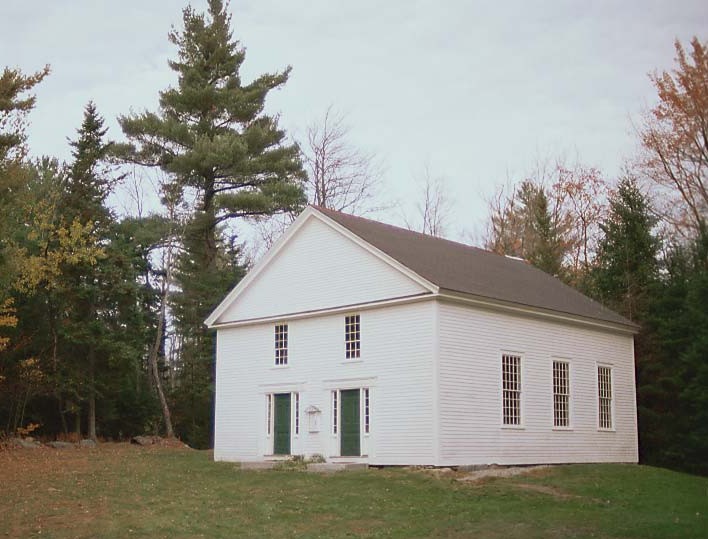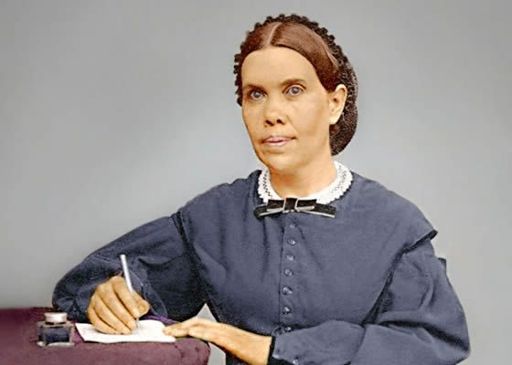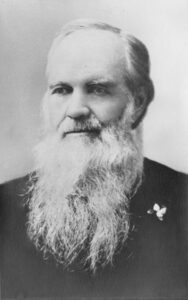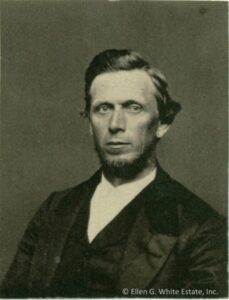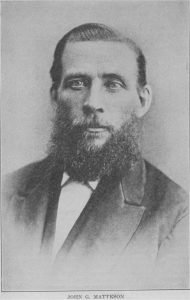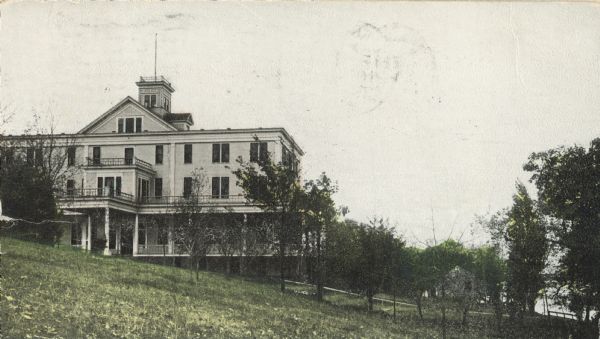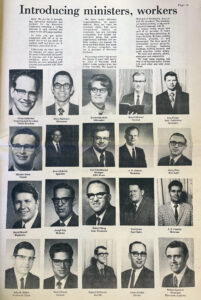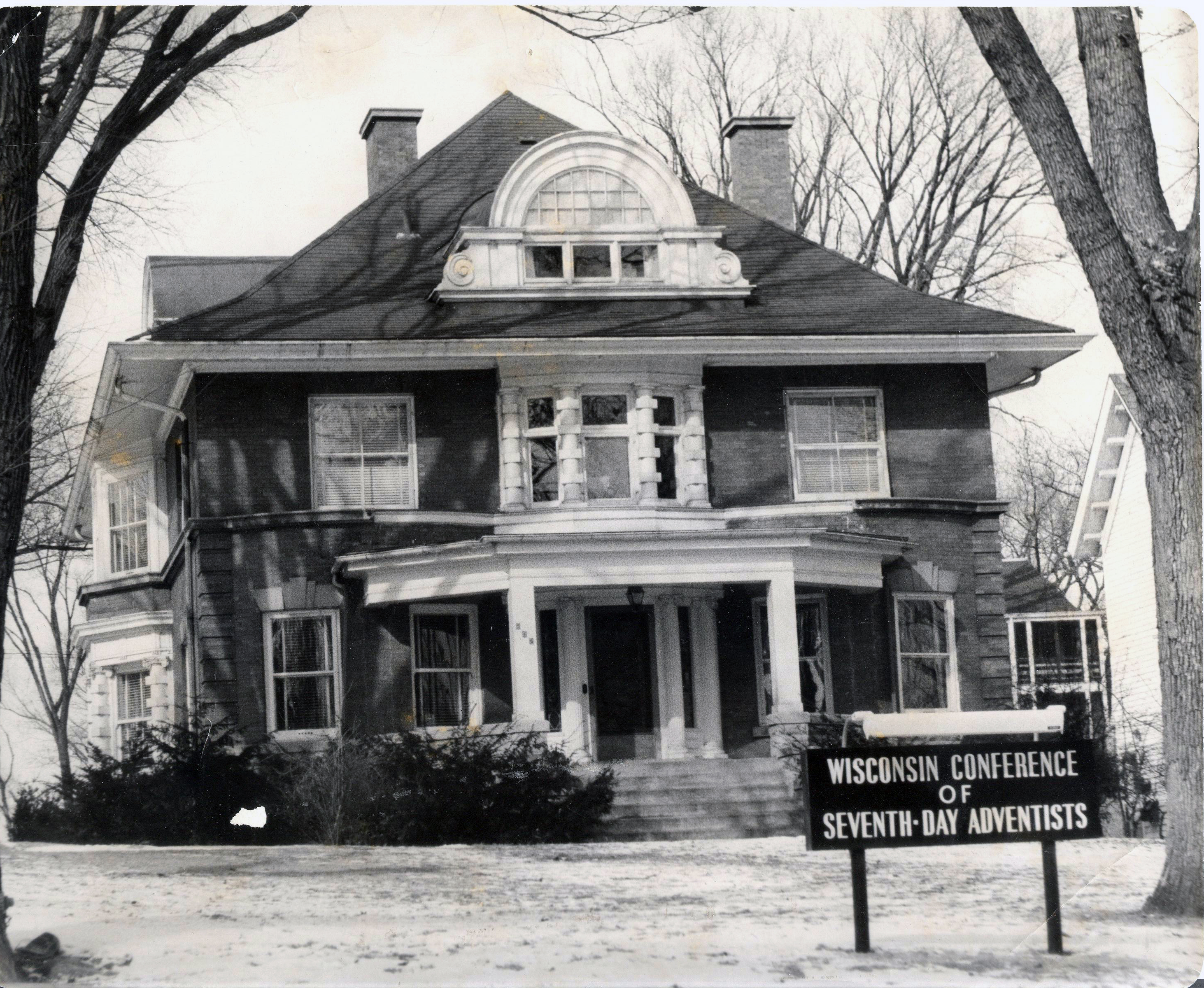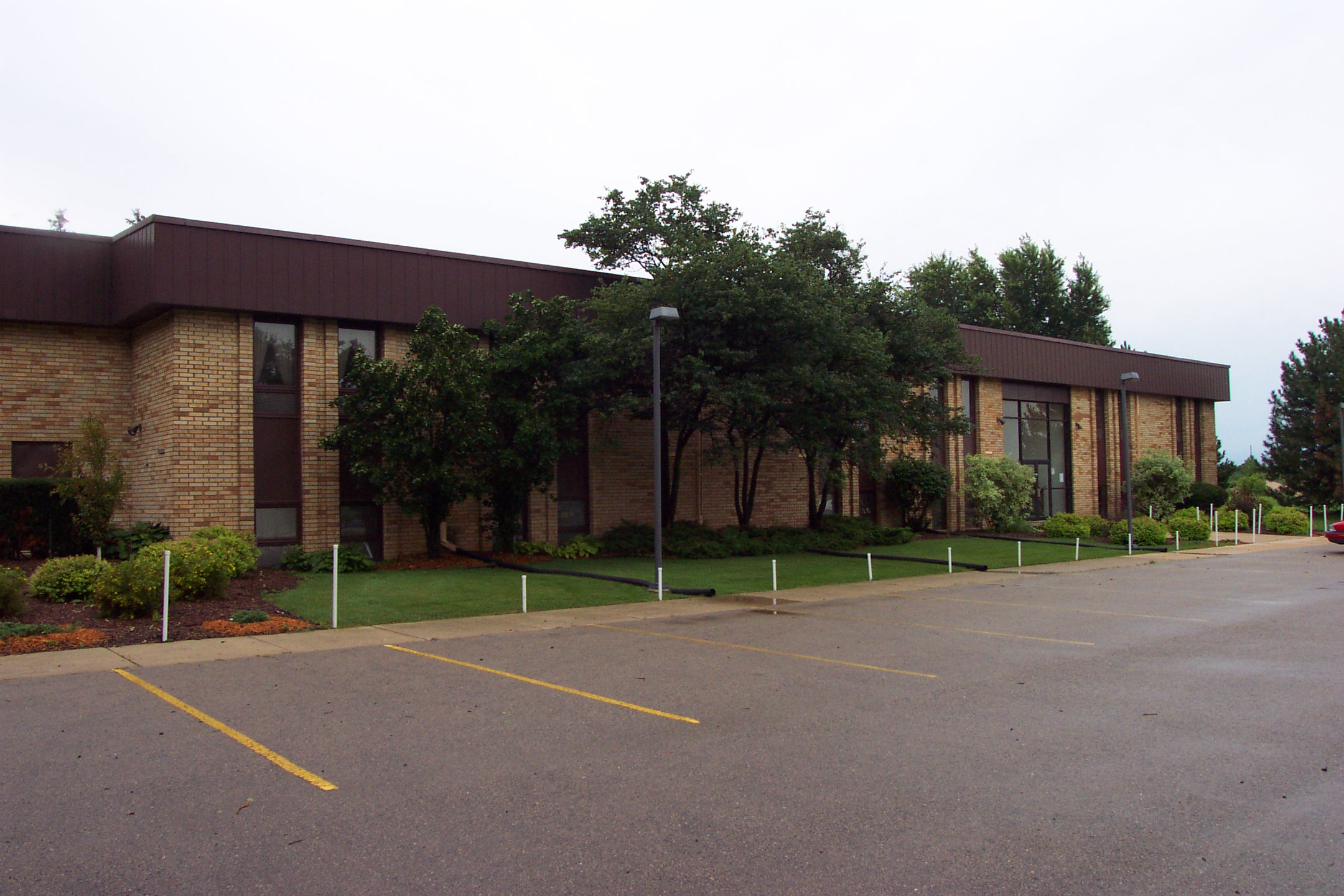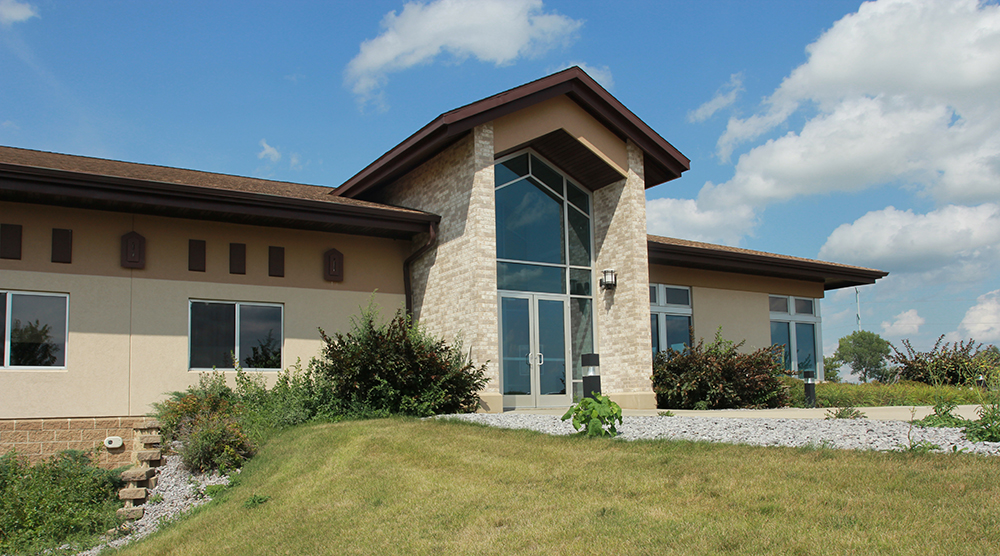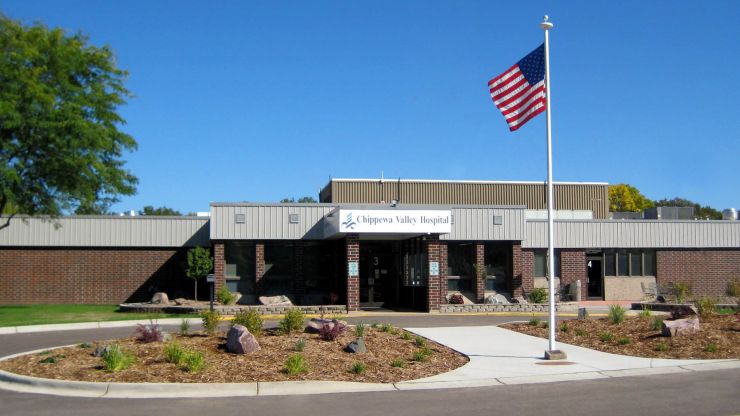Our Church History
Our Church History
Its birthplace in the township of Washington, New Hampshire, in 1844, reveals three central truths about the history of the Seventh-day Adventist Church.
1. Before it was “Adventist” or “Sabbath-keeping Adventist,” it was “Christian.”
2. It celebrates a history that has emphasized “freedom.”
3. It welcomes and grows from diversity within its membership.
The Christian Roots of Seventh-day Adventism
The local church where “Christian,” “Advent,” and “Sabbath” combined was established by Christian Connection believers, a religious body that in the mid-nineteenth century was fifth in membership within the United States.
Members of the Christian movement sought biblical authority for every aspect of belief. They wanted “no creed but the Bible.” Thus, if they were convinced from the Scriptures of the literal soon advent of Christ and the continuing validity of the seventh day Sabbath, their heritage demanded acceptance.
Because William Miller, a well-known Baptist preacher, exhibited profound knowledge of the Scriptures as he lectured upon the literal soon advent of Christ, scores of Christian Connection churches and many of its ministers and leaders became “Adventist” in the late 1830s and 1840s. The Washington, New Hampshire, Christian Connection church by the early 1840s was an “Adventist” church.
Social, Organizational, and Theological Freedom
Another element of the Seventh-day Adventist heritage from “Christians” involves the Seventh-day Adventist emphasis upon freedom. Washington, New Hampshire, was the initial town in the United States to name itself after George Washington, and it took that name in 1776, the year of the American Revolution. Its very birthplace seemed a call to personal freedom.
“Christians,” as did Seventh-day Adventists from their earliest days, actively sought freedom for all and worked toward abolition of slavery as well as roles for women in the church, and fostered a strong opposition to formalized church creeds. Freedom was also emphasized through an orientation toward temperance and health reform. Proper care of the physical frame would yield a clear mind with which to perceive scriptural truths.
Thus within nineteenth-century Adventism one finds strong anti-slavery actions, women licensed as ministers, and health reform principles that included abolition of alcohol and tobacco within the membership.
Religious freedom came to mean more than the separation of church and state. It also implied a right to read the Scripture for oneself and come to conclusions not bound by creedal presuppositions. The “present truth” perspective assumed that new insights would arise as Seventh-day Adventists continued to study the Scriptures. The prophetic guidance of Ellen White within the movement solidified this perspective of social, organizational, and theological freedom.
A Diverse Movement
The Washington, New Hampshire, roots also illustrate the diversity within the heritage of Seventh-day Adventists. It was Rachel Oakes, a Seventh Day Baptist, that convinced some of the members of the Washington church about the continuing validity of the seventh-day Sabbath. Not all mid-nineteenth century churches would give a fair hearing to the insights of a woman. Besides that, Thomas Preble, who attended that church and wrote an influential tract on the seventh-day Sabbath, was a Freewill Baptist. Frederick Wheeler, who served as their pastor, was a Methodist minister. We thus have substantial diversity within that original church. At least five different religious faiths formed the first Sabbath keeping Christian Adventist church. Within that diversity, however, unity over central issues prevailed.
Shortly after settling on a denominational name in 1860, Seventh-day Adventists began to talk about a worldwide movement. After all, didn’t Christ urge to “go ye into all the world, and preach the gospel to every creature” and didn’t Revelation talk of “the everlasting gospel” to be proclaimed to “them that dwell on the earth, and to every nation, and kindred, and tongue, and people”?
In 1861 it was discovered that at least five in Ireland were practicing Seventh-day Adventists. But how could a group of only a few thousand perform the task of worldwide evangelism? The denomination was officially organized on May 21, 1863, when the movement included some 125 churches and 3,500 members. By 1864 Michael Belina Czechowski, a former Catholic priest, decided to spread the Seventh-day Adventist message throughout Europe. In 1874 the church was ready to send abroad its first official missionary, J. N. Andrews, who left the United States for Switzerland. By the end of the century Seventh-day Adventism had become worldwide in scope.
The Message in Wisconsin
The Seventh-day Adventist message was brought to Wisconsin in 1851 by H.S. Case and the first groups were organized at Hebron and Beloit. J.H. Waggoner and Waterman Phelps soon began ministries in southern Wisconsin. Their untiring efforts resulted in the formation of a large church territory known as the Illinois-Wisconsin Conference in 1863 which, for a time, included Michigan’s Upper Peninsula. Here is a list of Wisconsin Conference Presidents since the conference began in 1863.
Camp meetings and tent evangelism were the main means of spreading the message, the first of which was held at Johnstown Center on September 20, 1867 (Review & Herald, Sept. 24, 1867). Believer homes provided temporary accommodations for Adventists who were often on the road for several days to attend camp meetings. Read more about Wisconsin camp meetings.
John G. Matteson of Wisconsin, known as “The Apostle Paul of the Adventists,” was successful in starting many churches among rural Scandinavians. By 1881, the number of Adventists in Wisconsin had passed 1,500. Read Here about the early pioneer work of Seventh-day Adventists in Wisconsin. Read about the origin, growth and history of the Norwegian Seventh-day Adventist church, and why Norwegians chose Wisconsin.
The first Adventist elementary school on record in Wisconsin was opened in 1867 at Monroe, and the first secondary school, Bethel Academy, in 1899 near Arpin.
The early twentieth century saw further growth. In 1927, Camp Silver Lake in Portage was secured as a permanent ground for the annual camp meetings. In 1928, the Wisconsin Conference of Seventh-day Adventists was formed to serve the 3,100 members in 98 churches spread across the state
Wisconsin Academy was established in 1949 near Columbus, replacing Bethel Academy and Walderly School.
Summer camps for children and teens were held annually in various locations until 1962, when a permanent site, Camp Wahdoon, was purchased. When a new site was needed to replace the Camp Silver Lake camp meeting grounds in 1978, Camp Go-Seek was purchased to host both summer camps and the annual camp meetings. In 2001, the site was renamed Camp Wakonda.
In 2008, the Wisconsin church headquarters moved to a new conference office building in Fall River.
The Heritage Continues
Today some 20 million Seventh-day Adventists have established themselves in virtually every country of the world. Less than 10 percent of Seventh-day Adventists live in the United States. While ethnically diverse, they remain united over the everlasting gospel, the basic Christian message of salvation through faith in Christ. Unity prevails also over the other central teachings of their Christian heritage.
While Seventh-day Adventists arose within an apocalyptic movement that stressed the nearness of the Second Advent, their “Christian” heritage emphasized the down-to-earth implications of the ministry of the Saviour. The tension between “today” and “later” gives a unique power to the way Adventists serve in their communities. It has focused the energies of church members into education, publishing, the healing arts, community service, and any other activities that allow them to talk about their faith while improving the lives of their neighbors.
One result of this desire to touch lives for God is that Adventists have built thousands of schools around the world. It also means that Seventh-day Adventist physicians and medical institutions serve individual needs in more than 98 countries, giving the highest possible quality of personal care whenever people hurt. These physicians, nurses, therapists, and other medical workers have dedicated their lives to providing physical healing so that each person can live the best possible life. Using modern medical knowledge and carefully developed skills, these workers touch thousands of lives each day, bringing healing and hope into families around the world.
Schools, hospitals, clinics, and health food factories are just one small corner of the Seventh-day Adventist commitment to improving lives. There is much more:
Wherever disaster strikes, ADRA, the Adventist Development and Relief Agency, joins hands with other organizations to provide clean water, food, clothing, housing, and care.
Adventist publishing houses produce inspirational books, textbooks, Bible commentaries, health books, and dozens of specialized magazines in scores of languages each month. These are then delivered to millions of homes around the world, providing quality reading and information that improves lives.
Local Adventist churches serve their communities by providing recreational and social activities for children and teenagers, vocational and evening education programs for adults, and spiritual programming and health clinics for all.
On a worldwide scale, the church’s mission activities are exemplified in the Global Mission initiative-to reach the unreached peoples of the world for Christ.
Summer camps offer all sorts of activities-from horseback riding and waterskiing to crafts and dozens of other youth activities in country environments in which children feel safe and loved. These activities are combined with a witness for God’s message to make people whole-physically, mentally, socially, and spiritually.
Use of modern technology also describes Adventist commitment to mission and presence in the society with messages of “Good news.” Numerous radio studios dot the Adventist broadcasting map around the globe. The same goes for production of television and other media programs. The church’s interest is best exemplified in a satellite broadcast system with more than 14,000 downlink sites, and the television 24/7 global broadcasting network for homes, the Hope Channel.
Too often it’s easy to see all of this as just activities of the institutions and organizations of the church. But the Seventh-day Adventist Church is far more than its organizational structure and institutions. The Adventist Church is people, individual members who have caught a vision and who have chosen to live out that vision for Christ, as His hands of hope.
William Miller
First Seventh-day Adventist Church building in Washington New Hampshire.
Ellen G. White
One of the gifts of the Holy Spirit is prophecy. This gift is an identifying mark of the remnant church and was manifested in the ministry of Ellen. G. White. As the Lord’s messenger, her writings are a continuing and authoritative source of truth which provide for the church comfort, guidance, instruction, and correction. They also make clear that the Bible is the standard by which all teaching and experience must be tested.
J. N. Andrews
First official SDA missionary, writer, editor, and scholar. The Seventh-day Adventist educational institution, Andrews University, is named after him.
J.H. Waggoner
Joseph Waggoner, editor of a small county paper in Baraboo, WI, accepted the Advent message in December of 1851. Waggoner, with Waterman Phelps, began ministries in southern Wisconsin resulting in the formation of a large church territory known as the Illinois-Wisconsin Conference in 1863.
Isaac Sanborn
Elected in 1863, Isaac Sanborn was the first President of the Wisconsin Conference. Click image for a listing of Wisconsin Conference presidents from 1863-present.
John G. Matteson
Pastor John Matteson traveled throughout Wisconsin and Minnesota sharing the gospel, especially among his native people, the Scandinavians.
An early picture of Adventist worker team in Wisconsin. Year unknown, most likely late 1800’s.
Adventist workers in Wisconsin, likely 1940.
Madison Sanitarium in Madison, Wisconsin, dedicated in 1903. Click HERE or on image for more Sanitarium information.
Bethel Academy students and faculty, in Bethel, WI, 1940. Bethel was our academy in Wisconsin from 1899 – 1948, when Wisconsin Academy started in Columbus, WI, in 1949.
Campus of Wisconsin Academy. Opened in 1949.
Camp Meeting Presence in the Portage Area Chamber of Commerce Paper on July 26, 1972. CLICK TO VIEW
Camp meeting main tent used from 1980-2006 at Camp Wakonda.
Pioneer Pavilion built at Camp Wakonda in 2007, and replaced the main tent. Above picture taken Sabbath morning in Pioneer Pavilion, 2019.
Old Wisconsin Conference office in Madison.
Newer Wisconsin Conference office in Sun Prairie. Built around 1974.
Current Wisconsin Conference office in Fall River. Built in 2008.
AdventHealth in Durand: Adventist hospital in Wisconsin.


